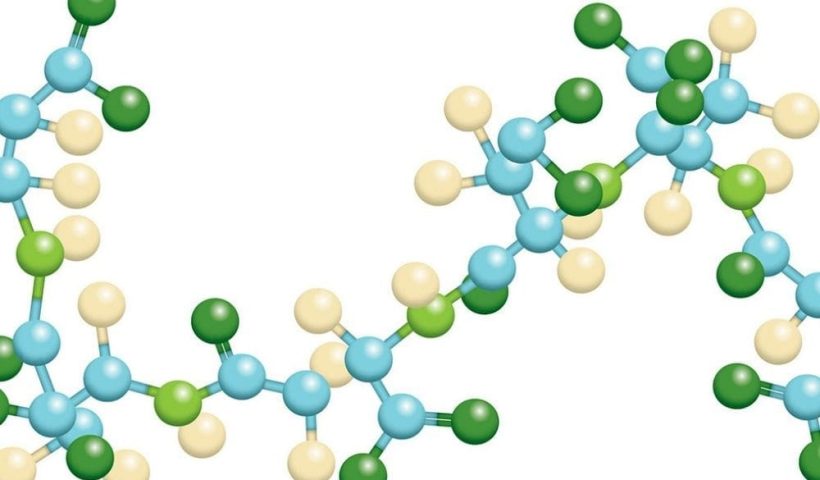Silicon products have been out in the market for years; however, some have had more success than others. CSi L, as a top-rated product for us, is one of those that have found success. So, what makes it successful? Its ability to maintain turfgrass turgidity and the fact that it is a true solution make it successful.
One question that always lingers around silicon products is how they will perform in the tank. CSi L is a true solution, which is essential for two reasons. First, this means it has excellent tank mix compatibility. We’ve had no issues with tank mixes and CSi L. Second, plants “drink” fertilizer (whether foliar or root absorbed); they don’t “eat” it. “Drinking” means nutrients must be in solution to be taken up by the plant. Since CSi L is a true solution, it stays soluble and is always ready to be taken up.
When it comes to how the product creates and maintains turgidity, it’s a three-prong approach. The first prong is the obvious one when it comes to silicon. Silicon acts as” glue” between cells and promotes cell wall strength and integrity.
The second and third prongs have to do with the specific amino acid formulated with the silicon. The entire 17% of amino acids in CSi L hail from an amino acid that is one of the strongest osmolytes known to turfgrass. Osmolyte is a term for “good salt.” CSi L loads up osmolytes into the cell’s vacuole, which triggers water to flow to the accumulation (from the outside of the cell to the inside) and makes the cell full or turgid. Using the osmolytes to make the cell turgid also helps to flex open guard cells, helping other inputs more effectively enter the plant, such as PGRs and fungicides.
The final prong of creating and maintaining turgidity is the actual structure of the amino acids used in CSi L. The amino acids have a “brick-like” structure, and that structure becomes crucial if water begins to leave the cell. For example, water begins to be extracted from the cells due to high soil salts. If the cell’s vacuole has been loaded with the “brick-like” amino acids, the water will run into those amino acids and resist deflating.



